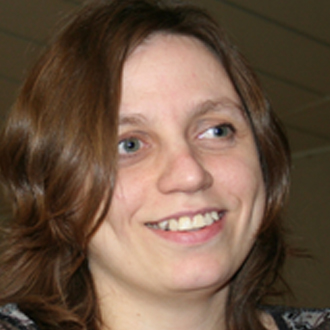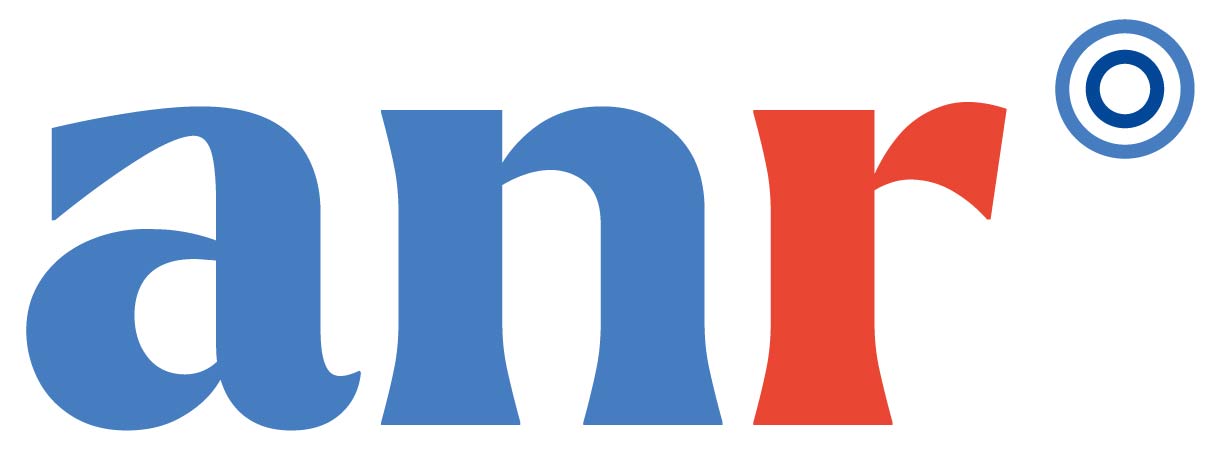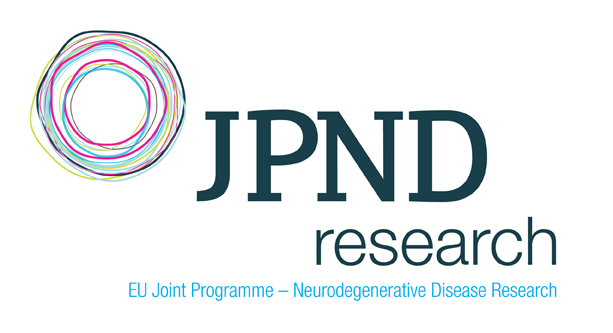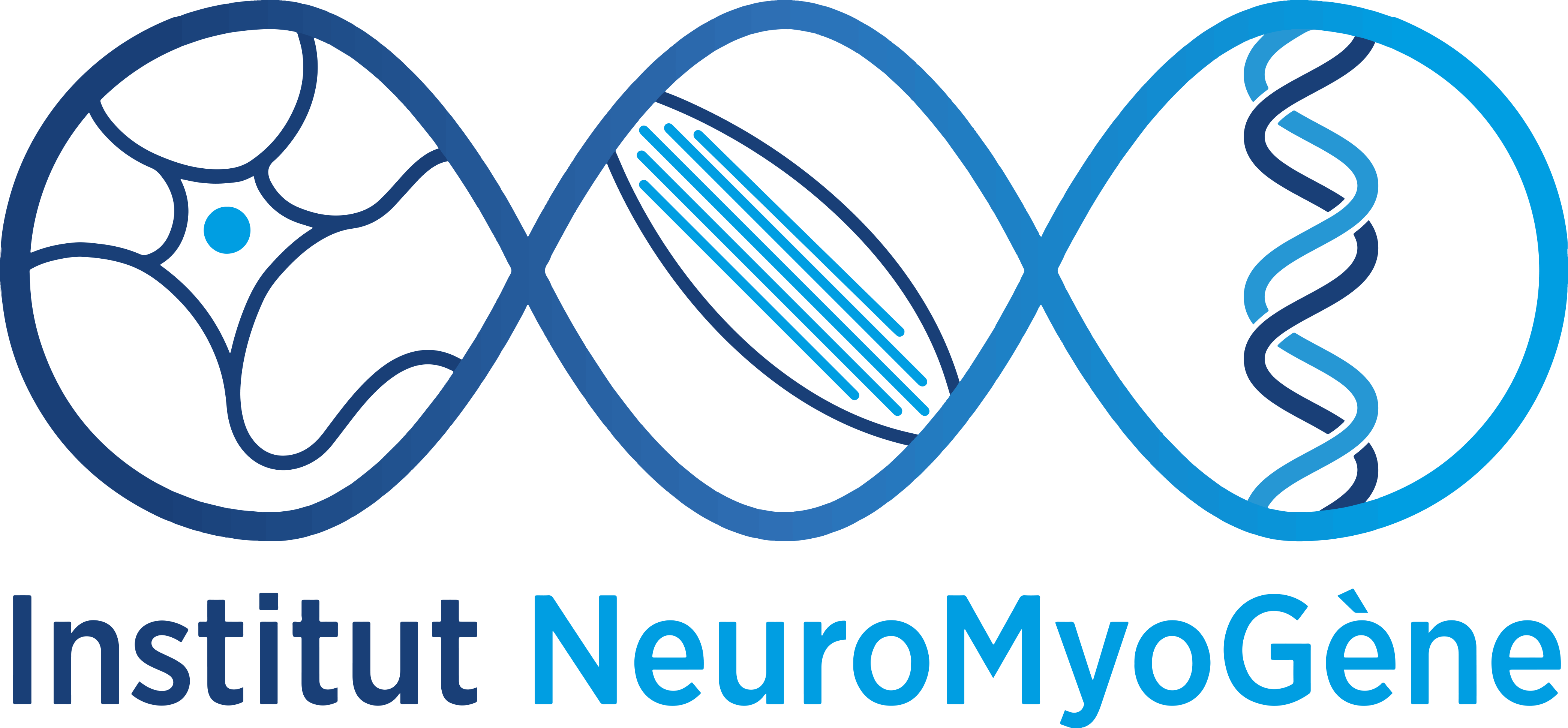One of the most fascinating and relatively unexplored areas in the field of DNA repair is how cells restore their normal functions after completing the processes that eliminate DNA lesions and re-establish DNA sequence continuity. DNA lesions not only impede transcription, replication, and the cell cycle, but may also disrupt the proper positioning of chromatin domains within the nucleus and alter nucleolar organization.
Our team is focused on the molecular mechanisms involved in the restoration of transcriptional activity, particularly the reorganization of nucleolar structure following DNA damage and repair.

L’ÉQUIPE
- Ambra GIGLIA-MARI
SENIOR RESEARCHER CNRS, HDR
ORCID
ResearchGate - Pierre-Olivier MARI
RESEARCHER CNRS
ORCID - Lise-Marie DONNIO
POST-DOCTORANT
ORCID - Charlène MAGNANI
TECHNICIAN, UCBL
ORCID - Jean-Luc THOMAS
RESEARCH ENGINEER, CNRS - Jianbo HUANG
PHD STUDENT
ORCID - Zehui ZHAO
PHD STUDENT
ORCID - Phoebe RASSINOUX
PHD STUDENT
ORCID - Candice BENEDETTI
PHD STUDENT - Manon COURTIEUX
ASSISTANT ENGINEER UCBL - Camille PERRET
ASSISTANT ENGINEER UCBL - Zoé FRANCOIS
ASSISTANT ENGINEER UCBL
PREVIOUS MEMBERS
- Shaqraa MUSAWI
PHD STUDENT

PROJECT
The nucleolus is a membraneless nuclear organelle with a highly structured internal organization. This organization is associated with its various functions in ribosomal biogenesis: transcription of ribosomal DNA (rDNA) by RNA Polymerase 1 (RNAP1) and the early maturation of ribosomal RNA. This highly organized structure can be significantly disrupted by both genotoxic agents and general cellular stress.
In the last years, we have shown that after a genotoxic stress (UV: Ultraviolet irradiation), RNAP1 and nucleolar DNA are exported to the periphery of the nucleolus. Interestingly, proper nucleolar structure is only restored after the complete repair of all the lesions on the nucleolar DNA, both active and inactive regions. In addition to an efficient repair system, the restoration of normal nucleolar structure after DNA repair completion requires the presence of key proteins.
One such protein is SMN (Survival of Motor Neuron), which is altered in patients suffering from Spinal Muscular Atrophy (SMA). We have found that in absence of SMN, RNAP1 remains at the periphery of the nucleolus after DNA damage repair. Unexpectedly, we observed that SMN shuttles from Cajal bodies (CBs) into the nucleolus after the completion of DNA repair, but before the restoration of nucleolar structure. Together with SMN, other proteins, such as Fibrillarin (FBL), Coilin, Nuclear Myosin 1 (NM1), appear to be also important for this process.
Our group has the following objectives:
- To investigate the dynamic reorganization of nucleoli following stress
- To elucidate the mechanism by which nucleolar homeostasis is restored upon DNA repair completion
- To identify the critical factors governing nucleolar homeostasis during and after DNA Repair
SELECTED PUBLICATIONS
Keep calm and reboot – how cells restart transcription after DNA damage and DNA repair
Donnio LM, Giglia-Mari G.
FEBS letter. 2024 Jul
Decline of DNA damage response along with myogenic differentiation
Sutcu H, Rassinoux P, Donnio LM, Neuillet D, Vianna F, Gabillot O, Mari PO, Baldeyron C, Giglia-Mari G.
Life Science Alliance. 2023 Nov
Nucleolar Reorganizaton after cellular stress is orchestrated by SMN shuttling between nuclear compartments
Musawi S, Donnio LM, Zhao Z, Magnani C, Rassinoux P, Binda O, Huang J, Jacquier A, Coudert L, Lomonte P, Martinat C, Schaeffer L, Mottet D, Côté J, Mari PO, Giglia-Mari G.
Nature Communications. 2023 Nov
XAB2 Dynamics during DNA Damage-Dependent Transcription Inhibition
Donnio LM, Cerutti E, Magnani C, Neuillet D, Mari PO, Giglia-Mari G.
Elife. 2022 Jul
A stable XPG protein is required for proper ribosome biogenesis: Insights on the phenotype of combinate Xeroderma Pigmentosum/Cockayne Syndrome patients.
Taupelet F, Donnio LM, Magnani C, Mari PO, Giglia-Mari G.
PLoS One. 2022 Jul
Actin and Nuclear Myosin I are responsible for nucleolar reorganization during DNA Repair
Cerutti E , Daniel L, Donnio LM, Neuillet D, Magnani C, Mari PO, Giglia-Mari G.
BioRXiv.
Cell-type specific concentration regulation of the basal transcription factor TFIIH in XPBy/y mice model.
Donnio LM, Miquel C, Vermeulen W, Giglia-Mari G, Mari PO.
Cancer Cell International. 2019 Sep
CSB-Dependent Cyclin-Dependent Kinase 9 Degradation and RNA Polymerase II Phosphorylation during Transcription-Coupled Repair.
Donnio LM, Lagarou A, Sueur G, Mari PO, Giglia-Mari G.
Molecular and Cellular Bioliolgy. 2019 Mar
Mechanistic insights in transcription-coupled nucleotide excision repair of ribosomal DNA.
Daniel L, Cerutti E, Donnio LM, Nonnekens J, Carrat C, Zahova S, Mari PO, Giglia-Mari G.
Proceedings of the National Academy of Sciences U S A. 2018 Jul
FUNDINGS
- FRM team (EQU202403018017) (2025-01 to 2027-12)
- ANR (2024-10 to 2026-09)
- Ambition international – La région Auvergne-Rhône-Alpes (00237543) (2024-09 to 2029-08)
- ARSLA (2024-06 to 2026-05)
- JPND (EU-Joint Programme – Neurodegenerative Disease) (2024-01 to 2026-12)
- AFM Myoneuralp 2 (2021-01 to 2025-12)




Adresse
Institut NeuroMyoGene (INMG) – Laboratoire Physiopathologie et Génétique du Neurone et du Muscle (PGNM)
UCBL – CNRS UMR 5261 – INSERM U1315
Faculté de Médecine et de Pharmacie
3ème étage
8 avenue Rockefeller
69008 LYON

